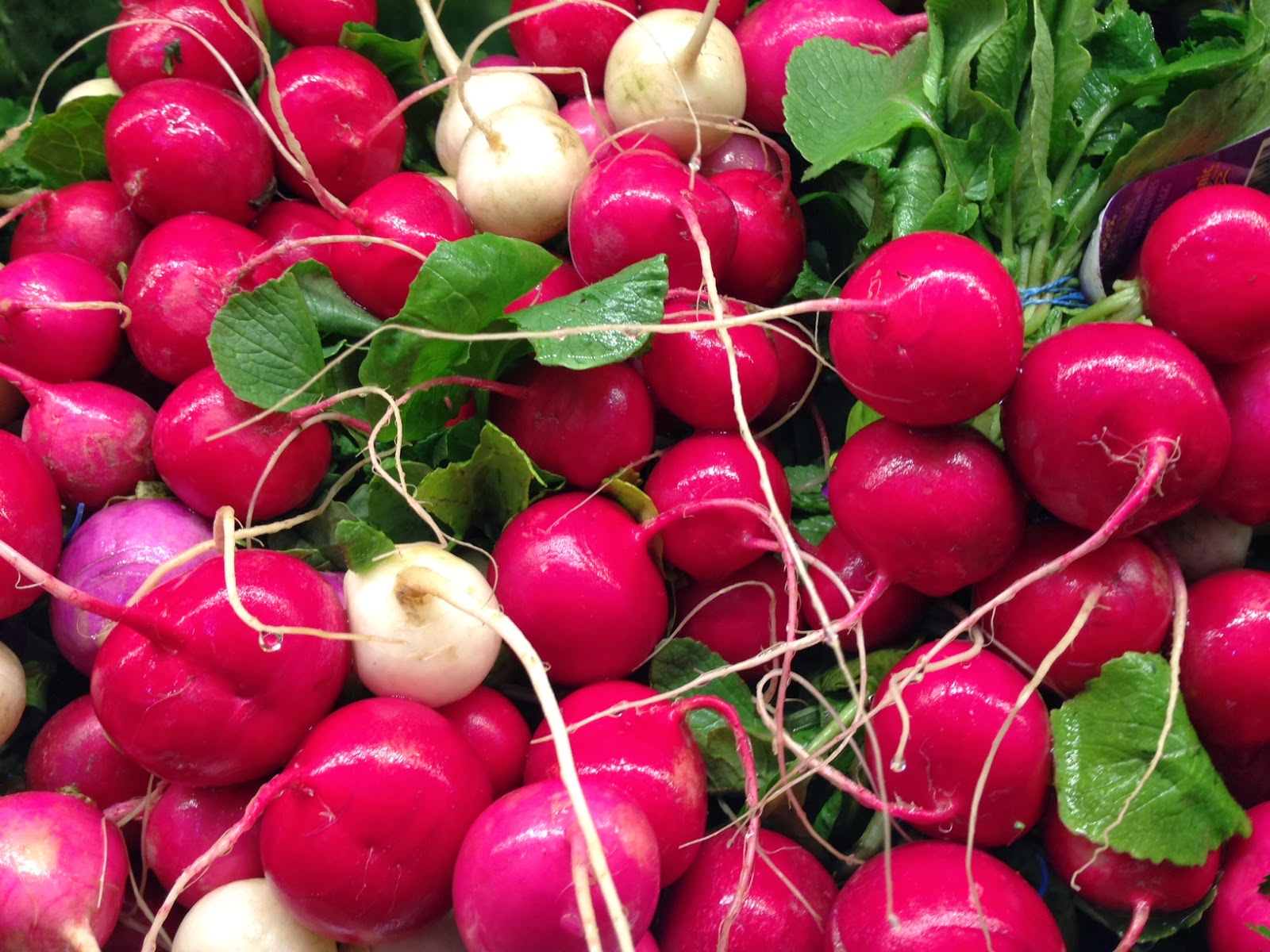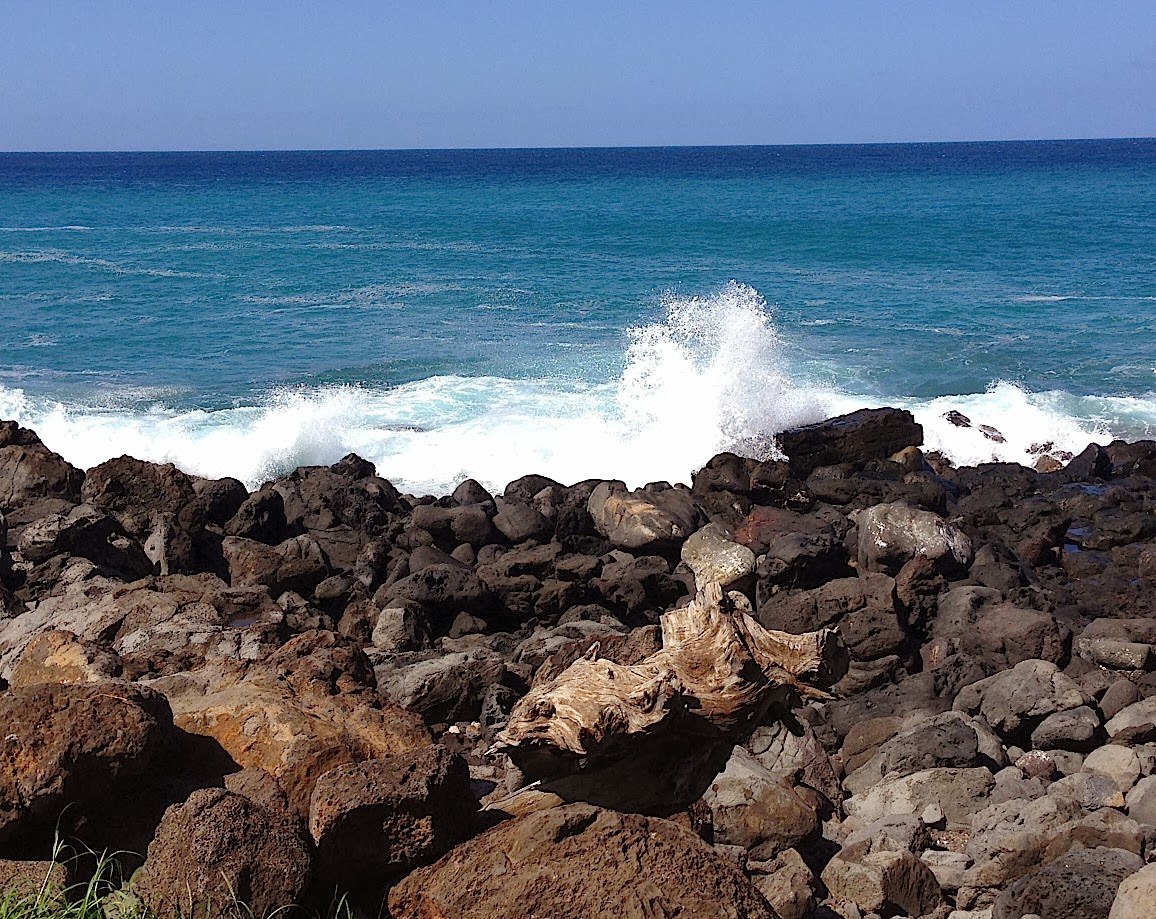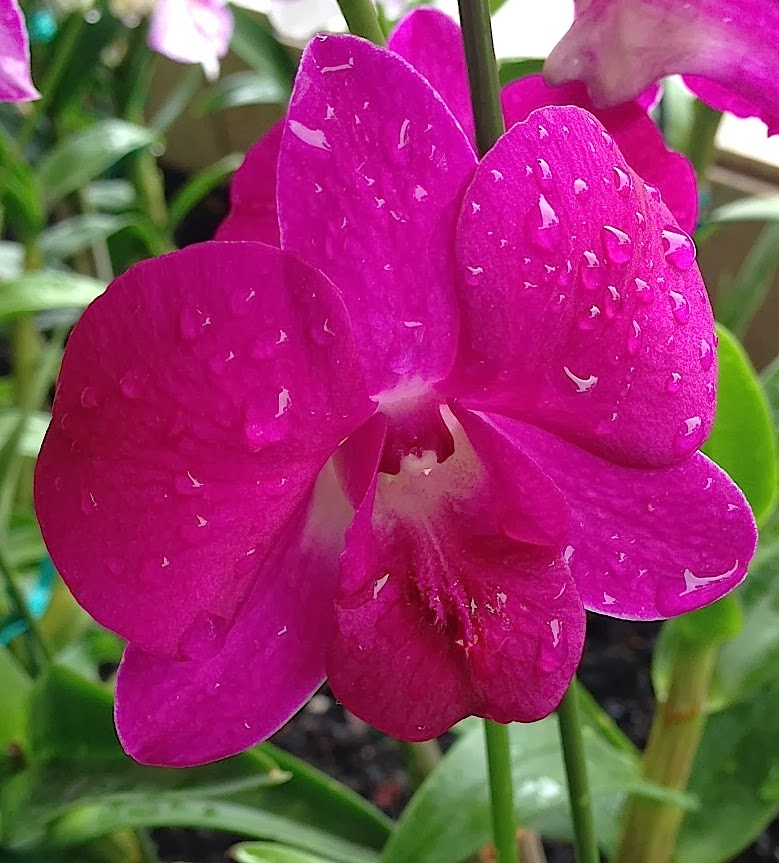The Year of the Horse trots in to begin the Lunar New Year. The Chinese year 4712 starts on Jan.
31, 2014 and continues until the fifteenth, with the brightest moon.
According to Chinese lore, Buddha asked all the animals to meet him on the Lunar New Year. When twelve arrived Buddha named a year after each one. He said that the people born in each animal's year would share some of that animal's personality.
Individuals born in horse years sport cheerfulness, talent with money and perceptivity. They also reveal wit and talent with their hands.
For fireworks, people in China used to light bamboo stalks, believing that the crackling flames would frighten evil spirits. Now they have fireworks along the Hong Kong waterfront.

Legend claims, "Nian," a half-dragon, half-lion monster, comes out of hiding and attacks people (especially children) during the Lunar New Year.
Using firecrackers and wearing red robes will intimidate him because of his sensitive ears and fear of red.
During the celebration everyone decorates with poems on red paper. Children receive "lucky money" in red envelopes.
The dragon, made of silk, paper, and bamboo, might stretch a hundred feet long. Held high by young men, the beast moves with them as they dance and guide it through the streets.
The lantern festival, held on the fifteenth day, features lanterns painted with birds, animals, flowers, zodiac signs, and scenes from legend and history. Individuals hang lanterns in temples, and carry lanterns to an evening parade under the full moon.
During the celebration everyone decorates with poems on red paper. Children receive "lucky money" in red envelopes.
The dragon, made of silk, paper, and bamboo, might stretch a hundred feet long. Held high by young men, the beast moves with them as they dance and guide it through the streets.
The lantern festival, held on the fifteenth day, features lanterns painted with birds, animals, flowers, zodiac signs, and scenes from legend and history. Individuals hang lanterns in temples, and carry lanterns to an evening parade under the full moon.



































